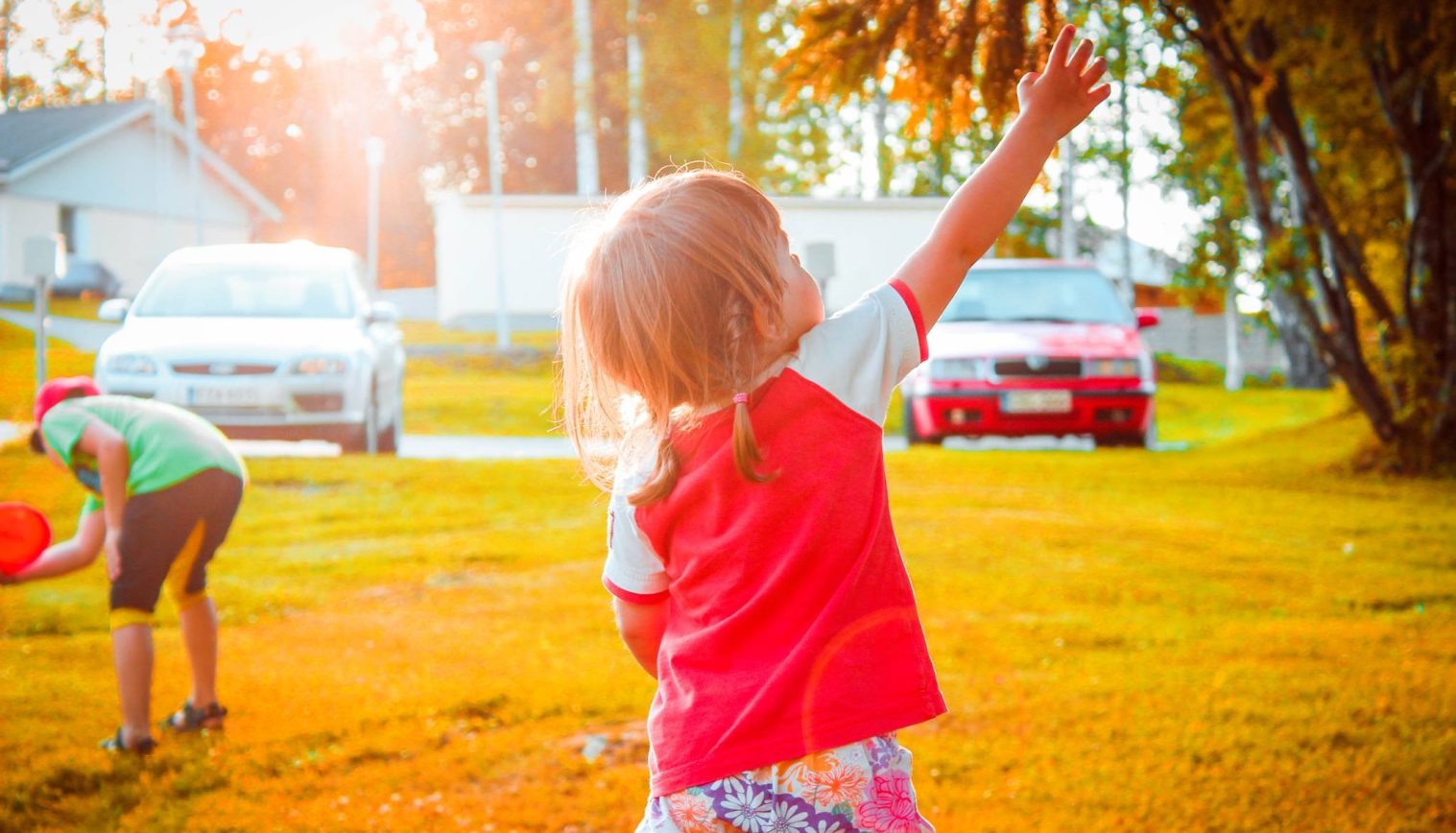Can Outdoor Play Be Dangerous?

 We all know the benefits of playing outside. Being outdoors in the fresh air is good for our health, and it offers children a chance to improve their self-esteem, connect with nature and develop their capabilities. Children should also be able to play outside in all seasons.
We all know the benefits of playing outside. Being outdoors in the fresh air is good for our health, and it offers children a chance to improve their self-esteem, connect with nature and develop their capabilities. Children should also be able to play outside in all seasons.
However, that doesn’t always mean that play outside is safe, and there are going to be times when children put themselves at risk.
Rules surrounding outdoor play in a childcare provision are there to keep children safe, but the greater freedom that children often have in an outside play space can present challenges.
A child’s fear will not always protect them from dangerous activities. Children, who are learning the limits of their capabilities, are going to push themselves to the boundaries of their skill. When they don’t realise they’ve reached their limit and try to push further – they put themselves at risk.
An example of this is jumping between two stones or stepping between posts. The child might think they can make the gap because they have made similar jumps or steps before, but they don’t realise they have further to go, or a higher step, for example. They could then potentially slip and fall.
Risk items can still be used in an outdoor learning setting, and the best way to achieve this is to conduct a risk analysis of all new items into the environment. You and your staff must think of every potential hazard associated with each item, and what actions should be taken to minimise the risk.
If the children are old enough, they might be able to participate in risk assessments. This can be a fantastic way to develop their skills and educate them on spotting potential dangers. Also, risk can often be reduced by introducing more staff, and maintaining staff training.
You should consider the benefits of allowing children to participate in challenging activities. Will they learn new skills? Become more confident? Or develop as a person? These achievements might make any risk worth taking, should safe practices be realistic and put in place.
Finally, you need to be prepared to alleviate the concerns of worried parents. If they are concerned, show them the activities you have set out, and explain to them the measures you have taken to reduce the risks. For most parents, this should be sufficient.
Do you have risks in your child care setting? How do you manage them?
Let us know in the comments below.
Able Canopies Ltd. design, manufacture and install canopies and shade structures
at schools, nurseries and educational settings to enable year-round
Free Flow Outdoor Play and Outdoor Learning.
For more information please contact us
Follow us on our social media accounts for the latest funding advice, new products & latest news:
Twitter | Facebook | Google + | Linked In
Categories
- Canopies for Architects & Contractors
- Canopies for Healthcare
- Canopies for Restaurants, Bars and Hotels
- Canopies for Retail & Commercial
- Canopies for Schools
- Canopies for Sports & Leisure
- Canopy Maintenance
- Case Studies
- Cool Links & Facts
- Cycle Parking Solutions
- Dates for Your Diary
- Eco-Friendly Holiday Crafts
- Employee Spotlight
- Environmental Tips
- Funding and Fundraising
- How to... Get the Most out of Your Canopy
- Latest News
- Latest Stories
- Lockdown Outdoor Learning & Play Ideas
- MD News
- Newsletters - Architects & Contractors
- Newsletters - Schools & EYFS
- Outdoor Learning
- Outdoor Play
- Planning Your Cycle Parking
- Product Focus
- Solar Carports
- Spring Fundraisers 2017
- Summer Shade
- The Good Canopy Guide
- Wall Mounted Canopies












